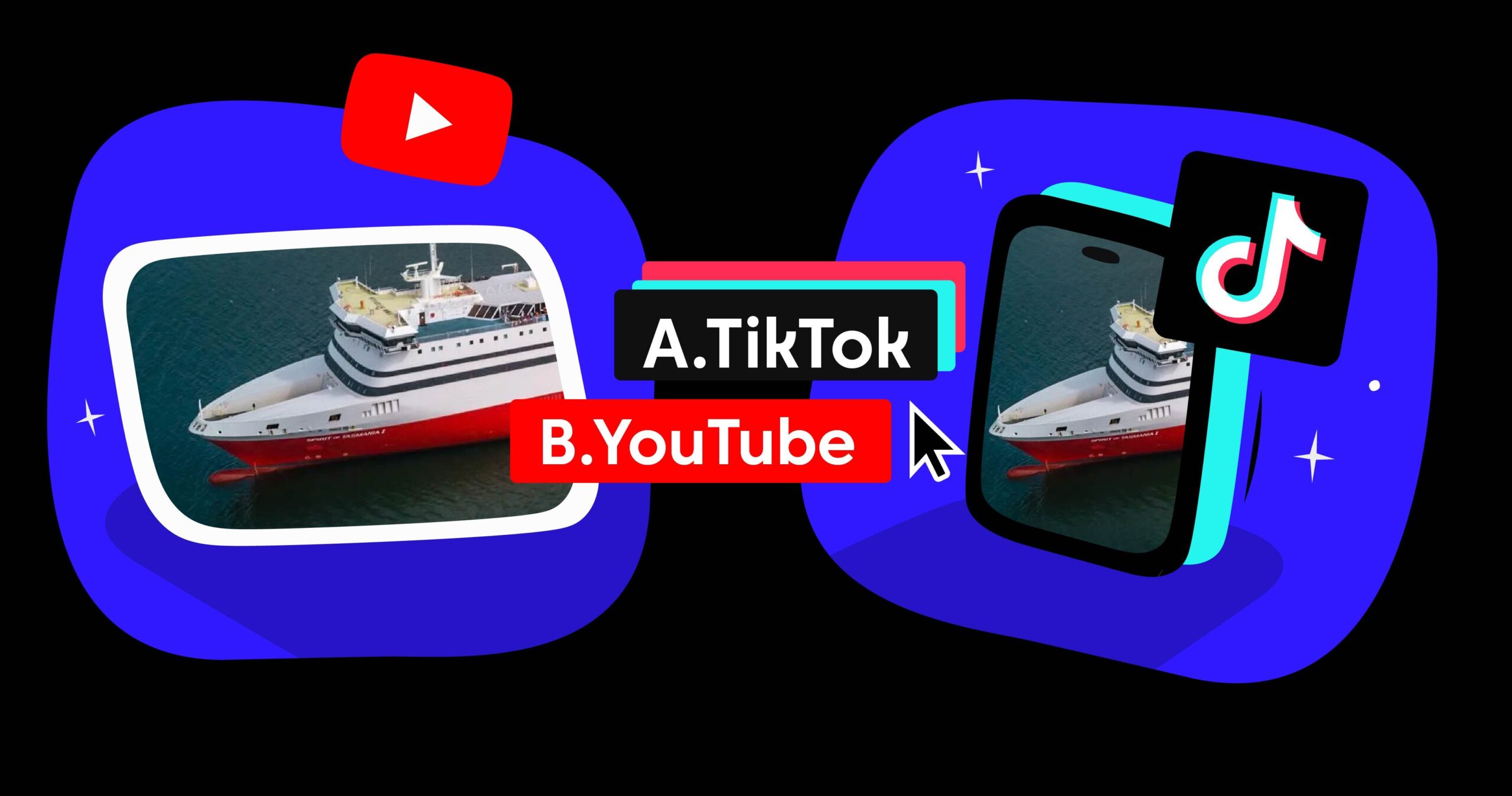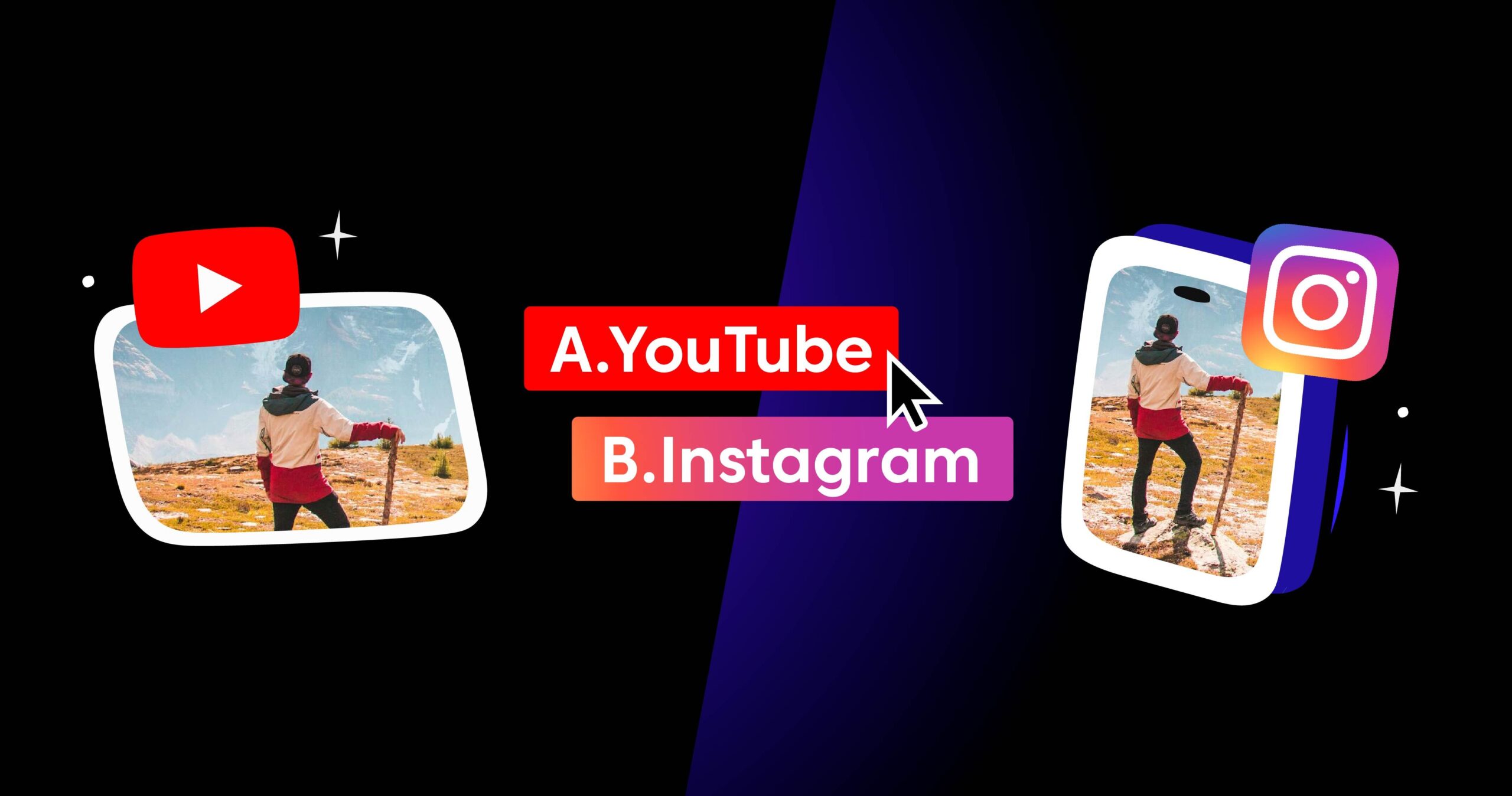Multistreaming is the process of broadcasting a live stream to multiple platforms at the same time. With the video streaming industry rapidly growing, content creators find it increasingly necessary to reach wider audiences. Statistics show that users are scattered across various platforms, and not tapping into these diverse groups could mean missing out on significant viewership. By streaming to multiple destinations, including social media platforms and other sites, creators can maximize their reach and engagement.
Managing live streams on each would be complex, given the vast landscape of streaming platforms. However, it’s quite the opposite. Multistreaming can be straightforward, especially when using tools like Castr. This service simplifies the process, allowing you to stream to multiple destinations simultaneously without complex setups.
This blog will guide you through the steps of using Castr for multistreaming. You’ll learn how to easily broadcast live content across various platforms using Castr, ensuring as many viewers see your streams as possible.
What is multistreaming?
Multistreaming is the process of broadcasting live-streaming content to multiple sites at the same time. Instead of streaming to just one platform, creators can reach multiple audiences across various social media platforms. This method uses streaming software or hardware encoders with live-streaming capabilities to handle multiple outputs.
When streaming, you typically choose one platform to share your content. However, multistreaming changes that by allowing you to send your live feed to other platforms simultaneously. This means you can be live on Facebook, YouTube, Twitch, and other sites simultaneously, maximizing your visibility and engagement.
Streamers can save time and effort by using multistreaming while expanding their reach. It’s an efficient way to connect with more viewers and grow your presence online without being limited to the audience of a single service. Whether you’re a gamer, educator, or live event broadcaster, multistreaming opens up new opportunities to share your content with a broader audience.
Is multistreaming worth it?
Multistreaming is definitely worth considering for anyone involved in live streaming. By broadcasting your content across various social media platforms, you can significantly expand your reach and engage with multiple audiences simultaneously.
When you stream on one platform, such as Facebook, which has over 3.05 billion monthly active users, you’re limited to the audience that prefers that platform. Similarly, YouTube boasts over 2.49 billion active monthly users, but if you only start streaming there, you miss out on potential viewers from other sites. Each streaming platform has its unique user base and community culture, which means you limit your content’s exposure by focusing on a single site.
On the other hand, multistreaming allows you to tap into the combined audiences of multiple sites. For example, by using streaming software that supports live streaming capabilities to multiple platforms, you can simultaneously reach viewers on Facebook, YouTube, and other platforms. This approach doesn’t just increase the number of potential viewers but also diversifies your audience, which can lead to more engagement and opportunities for growth.
Moreover, with the help of hardware encoders and advanced streaming software, managing streams on multiple platforms has become more accessible than ever. This means you can offer your content to a broader audience without significantly increasing the complexity of your streaming setup.
In conclusion, multistreaming presents an excellent opportunity for streamers to maximize their visibility and audience engagement. By leveraging the unique advantages of each platform, you can build a more robust online presence and ensure that your content reaches as many viewers as possible.
How to multistream with Castr in 5 steps
Now, let’s walk through setting up a multistream using Castr in 5 straightforward steps.
Creating a new live stream
- Log in to your Castr account
- If you don’t have any streams created yet, click Create New > All in One Stream.
Note: If you’re on the 7-day trial period, click Activate Trial.
- Give your stream a name and choose the closest ingest locationFor example, if you’re located in Brazil, then choose South America. If you’re located in Chicago, then choose US East
Then click Create All in One Stream. You’ll be directed to the stream dashboard.
Adding publish destinations
Publish destinations are the platforms that you want to stream live on. The number of destinations you can add depends on your subscription plan.
- In your stream dashboard, click Add Platform
- Choose your preference from the list. If your platform is not on our list, click Custom to add a platform using the RTMP or SRT addresses.
Example:
To add another platform, repeat these steps. Then, toggle the platforms on.
Connect your video source to Castr
There are 3 options to connect your video source to Castr:
- Publish: Stream directly from your hardware/software encoder to Castr through RTMP and SRT entry points. Paste the RTMP URL and Streaming Key or the SRT URL to your encoder.
Check out our Encoder Settings tutorials and Recommend encoder settings for the best stream quality with Castr.
- Pull: Castr can pull HLS, RTMP, RTSP, and MPEG-TS streams from other sources. Paste the URL in Pull mode, and your stream will appear in Castr.
- Webcam: Use your device’s webcam (video and audio) to start streaming immediately without setting up an encoder.
Getting the RTMP Pull or SRT Pull of your Multistream
Castr provides RTMP and SRT Pull links if you need to use Castr as a live video source. Simply click Get RTMP Pull or Get SRT Pull to have the URL saved to your clipboard.
Please note that Castr does not allow embedding RTMP Pull links in public players.
Chat overlay
You can sync chat messages from one or multiple platforms to Castr while multistreaming.
To use the chat overlay with Facebook Page, YouTube, and Twitch, you must add the platforms by logging in directly (API method) and not the custom RTMP method.
- Connect the platforms you are multistreaming to and toggle them ON
- Go to Chat Overlay and click Generate Chat URL
Copy the URL to the browser plugin of your encoding software, or click Open Chat App to open a new chat browser.
(Note: Chat Overlay only works on Facebook Page, YouTube, and Twitch streams, not Facebook Timeline.)
Benefits of Multistream: Why Should You Use Multistreaming?
Before multistream became popular, if you wanted to stream one piece of content, your only choice was to create a separate stream for each publish destination. This procedure is cumbersome, repetitive, and time-consuming.
For content creators, multistreaming is a surefire solution to remove those hefty and repetitive tasks. Some benefits of multistreaming are:
More opportunities to engage with your audience
Why stream to one platform when you can do more? Thanks to multistreaming, content creators will no longer have to choose which destination to stream to in one session. They can focus on their core community in one platform while exploring other opportunities to engage with users on other platforms.
Optimize audience reach
Because you can stream to various platforms, you can reach your audience across multiple networks in one streaming session. The more channels or platforms you broadcast, the more possibilities your audience can see your content. Multistream is a great way to increase your viewer base. And if your goal is to promote or sell a product, the more audience you have, the higher chance your conversion is.
Save time and effort.
A great multistream feature is that you only need to set it up once. Configure your settings, have your video footage ready, and then go live. If you livestream to different destinations at different times, you must customize your settings and redo the entire setup process.
Make the most of the native platforms.
Every social platform is designed with a specific objective. For example, YouTube Live is often used for monetization purposes, and Facebook Live helps you reach and engage with your current audience; Twitch is for gaming content, and Vimeo is preferred for the ability to control viewers’ access. By streaming to multiple platforms simultaneously, you are not restricted to a certain platform’s limitations.
Comparable audience insights
Streaming to multiple sites lets you gather insights and information on your content’s performance. This comes in handy, especially when measuring your performance on different platforms and exploring which channel generates the most traffic to your content.
Consolidated actions in one place
With so many publish destinations to manage simultaneously, many solutions provide a multistreaming platform, such as Castr. Castr acts as a hub that connects your video input and multiple outputs. You can stream to 30+ social media networks while getting all analytics insights in a unified dashboard.
Who Should Multistream?
Any content creator that wants to reach as many audiences as possible—can benefit from multistreaming. This includes but is not limited to:
- Business-to-consumer (B2C) marketers
- Business-to-business (B2B) marketers
- Podcasters
- Business owners
- Educators, tutors, trainers
- Religious organizations
- Influencers
- Entrepreneurs
- and more.
How Does Multistreaming Work?
There are three ways that multistreaming works: streaming software encoder, streaming hardware encoder, and cloud multistreaming.
Streaming software encoder
An encoder converts video files between multiple formats. Encoders are necessary to convert your RAW video files to digital files that can stream to your social platforms.
Software encoders are programs on your computer that perform the conversion. The most popular and free software encoder is Open Broadcaster Software (OBS). Other streaming software encoders, such as vMix, Streamlabs, and Wirecast, have built-in multistreaming capabilities.
Software encoders are best for starter and intermediate broadcasters as they are less expensive and easy to set up. But remember that these programs can consume your CPU and bandwidth, causing delays and many other issues to your multistream. If you use a software encoder for multistreaming, you must have a powerful computer with high internet upload speed. This could be a large investment, especially for beginners.
Streaming hardware encoder
A hardware encoder is a physical device that captures, compresses, and converts your RAW video files into compatible files before they are ready for multistreaming. Some common hardware encoders are Pearl-2, Pearl Mini, TriCaster, and TeraDek. Hardware encoders are more suitable for advanced broadcasters because they are more expensive and require complex configurations.
Cloud multistreaming
Cloud multistreaming has gained popularity as it provides middle-ground benefits between software and hardware encoders. The cloud does all the hefty work regarding internet upload speed, bandwidth, and CPU, while the cost is far less expensive than that of a regular hardware encoder.
You may need an encoder (either software or hardware) to connect your video stream to the cloud streaming service. For example, if you have an external camera as your video source, capture audio while recording screen, or perform editing tasks while livestreaming, then an encoder is necessary. A single cloud video streaming solution would suffice in other cases, such as streaming from a webcam, mobile, or tablet or using pre-recorded videos.
Castr provides a cloud-based streaming platform that takes one stream from your video source and distributes the content to more than 30 destinations. Only a minimal setup is needed. You don’t have to invest in costly hardware while reaping all the benefits of advanced video streaming.
Conclusion
As we wrap up this guide on streaming to multiple platforms at once, it’s clear that finding the easiest way to multistream is key to reaching a wider audience without added stress. For those ready to take their streaming to the next level, Castr offers a seamless solution. Recognized as the best multistreaming platform, Castr simplifies the process, allowing you to effortlessly broadcast your content across various platforms.
With Castr, you can engage with viewers from different communities, expand your reach, and grow your brand without complex setups. Whether you’re a seasoned streamer or just starting, Castr provides the tools and support to ensure your multistreaming experience is smooth and successful.
Keep your potential unlimited by streaming to a single platform. Try Castr today and unlock the power of multistreaming. Your audience is waiting for you across the web; it’s time to meet them where they are.








